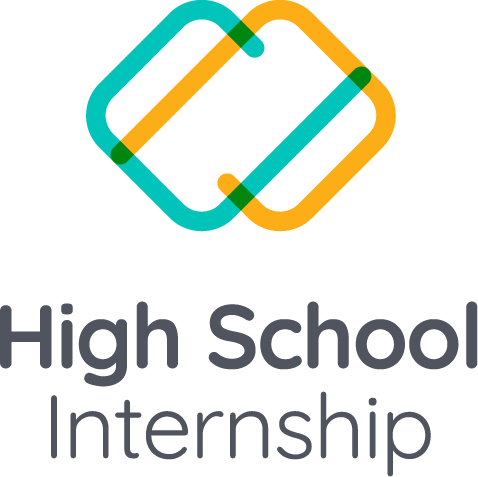As a child, I was always one of those kids with my pockets and backpack full of toys, games, rocks, and sometimes live animals! My Mom had to do a full security check before I left for school each morning, but I was always a step ahead with some clever way to hide my toys and sneak them to school. Later my Mom would find out when my teachers would turn over the confiscated items to her when I was picked up. Even today, I carry at least a couple of things to play with in my bag.
I learned from these early childhood experiences that there seemed to be some war on play and fun. At the time, I didn’t understand the big deal, but now as an educator, I can see how traditional education systems that are hyper-focused on test results don’t have space for play. When I was teaching in public school classrooms, I became one of those teachers that asked students to put their toys away, or they would be confiscated.
Today, a growing body of compelling research says playing is the natural state of being for a child and that playing can play an influential role in learning. Play has been an ongoing research topic since the 1980s and has been led by research groups at UNSESO, LEGO, Harvard, IDEO, and many others.
The LEGO Foundation has produced several research briefings and playbooks that summarize the characteristics and benefits of play.
5 Characteristics of play: Play is …
- Meaningful
- Joyful
- Socially Interactive
- Actively Engaging
- Iterative
Play builds these five skills:
- Physical
- Social
- Creative
- Emotional
- Cognitive
Tap Into the Power of Play
The World Economic Forum has released a report saying that “94% of businesses say they expect people to learn new skills on the job (as recently as 2018, only 65% said the same).” The skills they most want to see are critical thinking, problem-solving, active learning, resilience, stress tolerance, creativity, and flexibility. Coincidentally, these happen to be the same skills that play offers!
This research has developed practices, pedagogies, and tools to implement structured play in classrooms. These are slowly starting to be adopted all over the world.
Whether you want to add a bit of play to your current curriculum or you want to overhaul the entire system to be more playful, there are guides and best practices to follow
If you are looking for low-barrier entry points into playful learning, try these approaches:
- Game-based learning
- Gamified learning activities
- Tinkering
- Outdoor activities
- Project-based learning
.
To learn more about this, tune into our upcoming webinar on the topic. If you are reading this article after the date of the webinar, no problem! All previously recorded webinars can be found here on our website.

